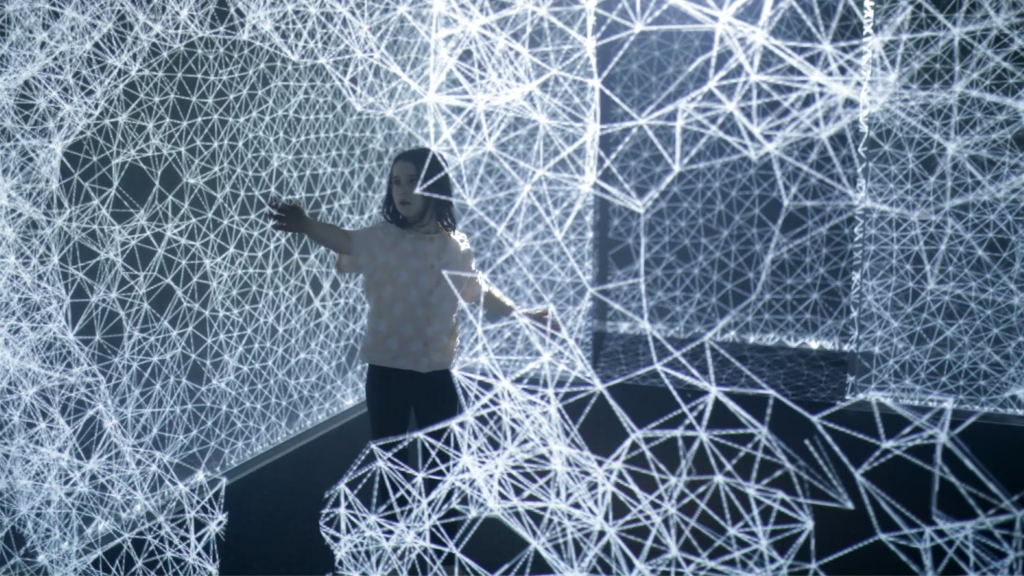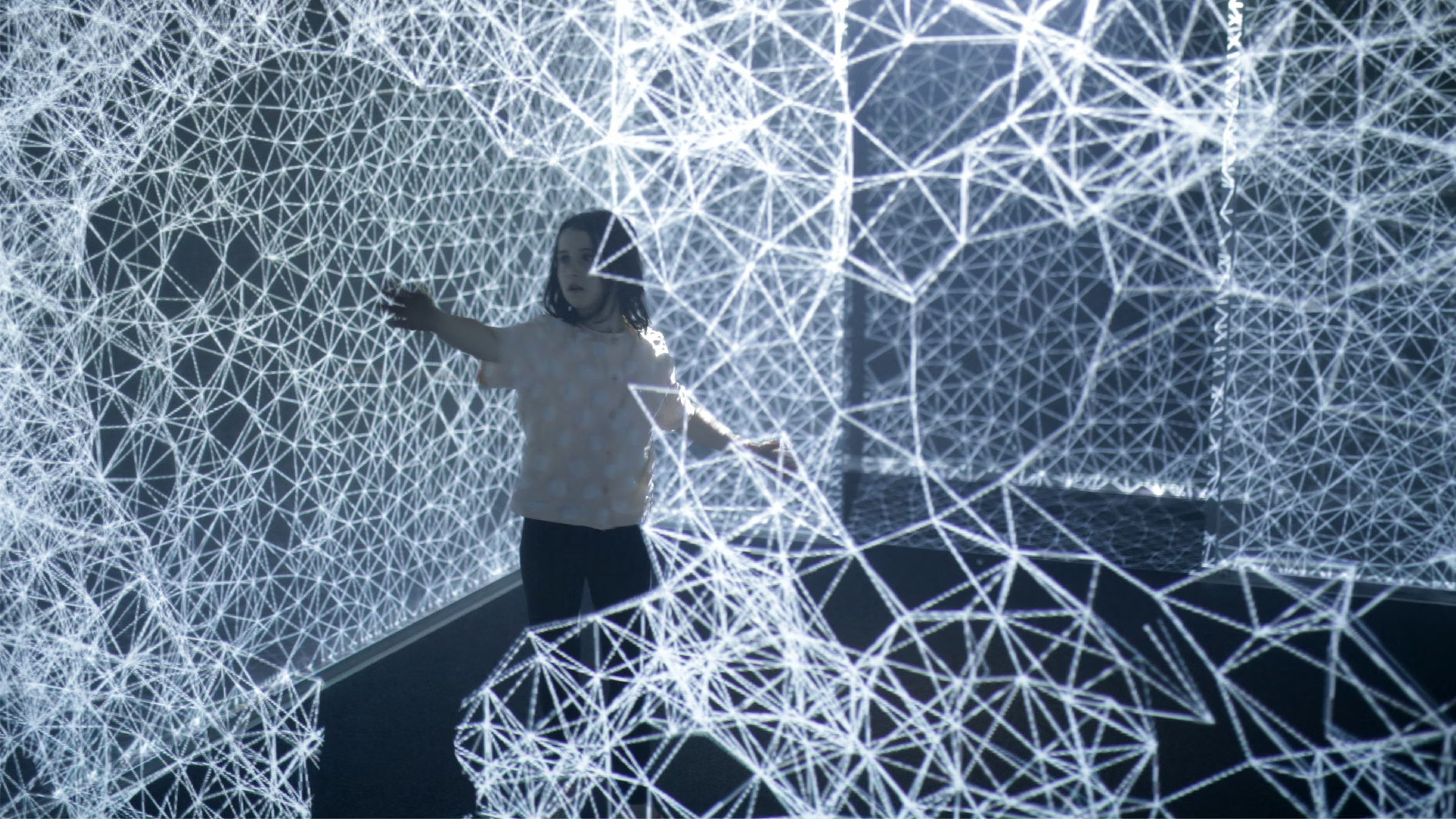Introduction
Art has always evolved with technology—from oil paints to photography, from sculpture to video. Today, one of the most innovative developments in the art world is motion-activated art. This dynamic form of creativity responds to human movement, creating a truly interactive experience that goes far beyond observation. Whether you’re walking into a gallery, museum, or public space, motion-activated installations invite you to participate, react, and become a part of the artwork itself. In this article, we’ll dive into what motion-activated art is, how it works, and why it’s capturing the imagination of audiences around the globe.
What Is Motion-Activated Art?
At its core, motion-activated art refers to creative works that respond to physical movement. These installations often use sensors or cameras to detect a viewer’s presence or motion and then trigger a visual, auditory, or kinetic response. For example, a wall projection might light up as someone walks past it, or a sculpture might change shape or sound when approached.
This kind of artwork doesn’t just hang on a wall—it comes alive based on interaction, making each experience unique. As a result, the audience becomes a co-creator, influencing how the art behaves.
How Does Motion-Activated Art Work?
- Infrared motion sensors – to detect movement without touch
- Cameras with computer vision – to track the direction, speed, or gesture of a person
- Microcontrollers or software – to process sensor input and trigger outputs
- Outputs – such as light, sound, projection, or mechanical movement
These systems work together to create immersive and reactive installations. For instance, a piece may display new patterns or sounds when a person enters the space, walks by, or waves a hand—offering an evolving experience every time.
Examples of Inspiring Motion-Activated Art Installations
Across the globe, many talented artists and collectives are exploring
- “Petal Cloud” by Patrick Shearn – A suspended installation that ripples in reaction to viewers below, mimicking a kinetic cloud.
- “Light Echoes” by Aaron Koblin and Ben Tricklebank – This piece uses long-exposure photography and movement-triggered lasers to create art in real time.
- “Body Paint” by Memo Akten – A digital canvas where your body becomes the brush, painting light across a virtual space as you move.
These works demonstrate how motion and technology can be used to produce beautiful, thought-provoking experiences.
Why Motion-Activated Art Engages So Deeply
Unlike passive viewing, motion-activated art demands participation. The viewer isn’t just looking—they’re influencing the outcome. This level of interaction makes the experience more memorable and emotionally resonant.
Moreover, motion-reactive installations appeal to all ages and abilities, making art more inclusive. Children, in particular, are drawn to the playful nature of these works, while adults appreciate the depth and innovation behind them.
In today’s overstimulated world, these interactive pieces provide an opportunity for mindfulness, engagement, and creative exploration in real time.

The Role of Motion-Activated Art in Public and Digital Spaces
Beyond galleries and museums, motion-activated art is making waves in public installations, corporate lobbies, and even retail environments. These works can transform ordinary spaces into vibrant, responsive environments that spark curiosity and connection.
In addition, motion-based artworks are increasingly being incorporated into digital platforms and smart environments. From responsive lighting on city streets to interactive storefront displays, motion-triggered creativity is becoming a tool for storytelling and branding as much as it is for artistic expression.
Future
Looking ahead, the future of motion-activated art is wide open. As technology becomes smaller, smarter, and more affordable, artists will have greater freedom to experiment with:
- AI-enhanced motion tracking
- Gesture-based storytelling
- Integration with wearable tech or mobile apps
- Virtual and augmented reality environments
These advancements will make motion-activated installations even more dynamic, immersive, and emotionally engaging.
Conclusion
In conclusion, motion-activated art is more than just a trend—it’s a powerful evolution of how we experience and engage with creativity. By transforming viewers into participants, these installations create a shared dialogue between artist, space, and audience. As movement triggers transformation, we are reminded that art is not static—it lives, reacts, and grows with us.
You may also read this : Digital Art Exhibits: Transforming the Way We Experience Creativity

